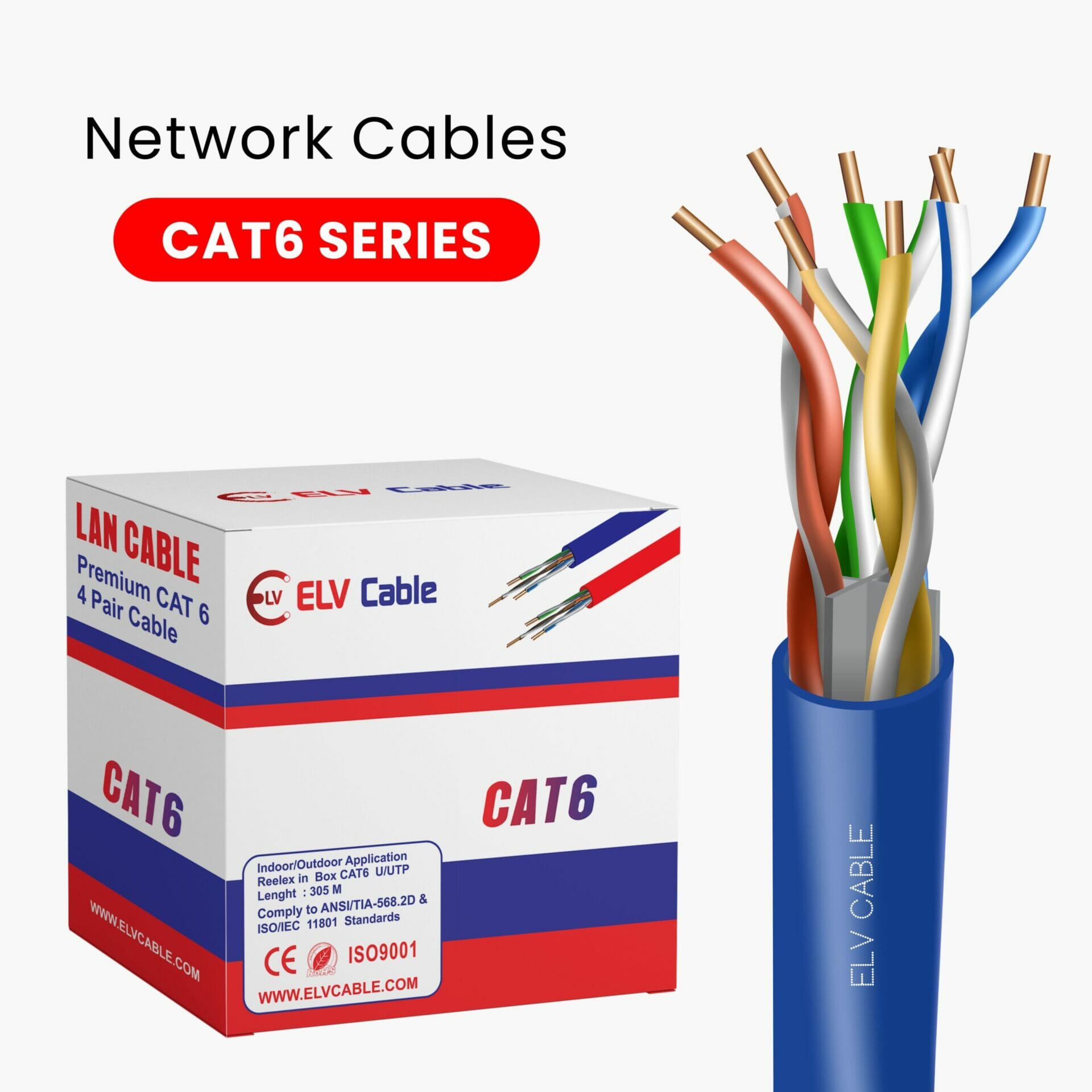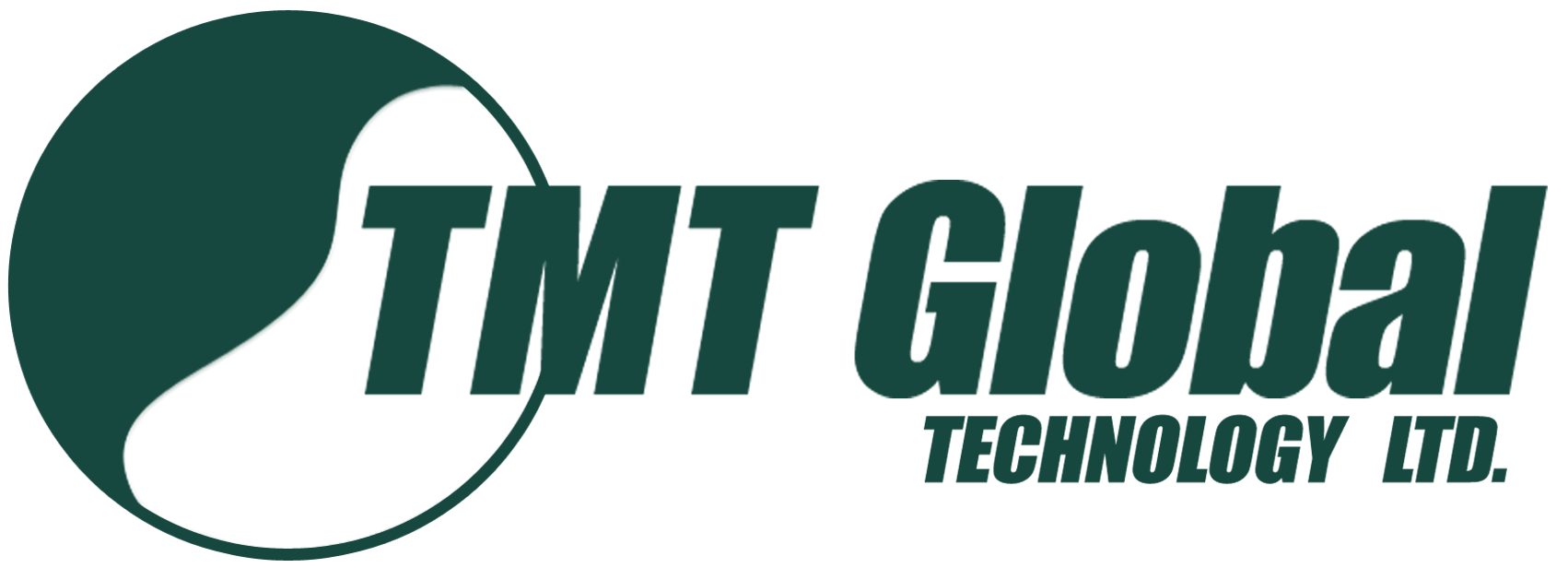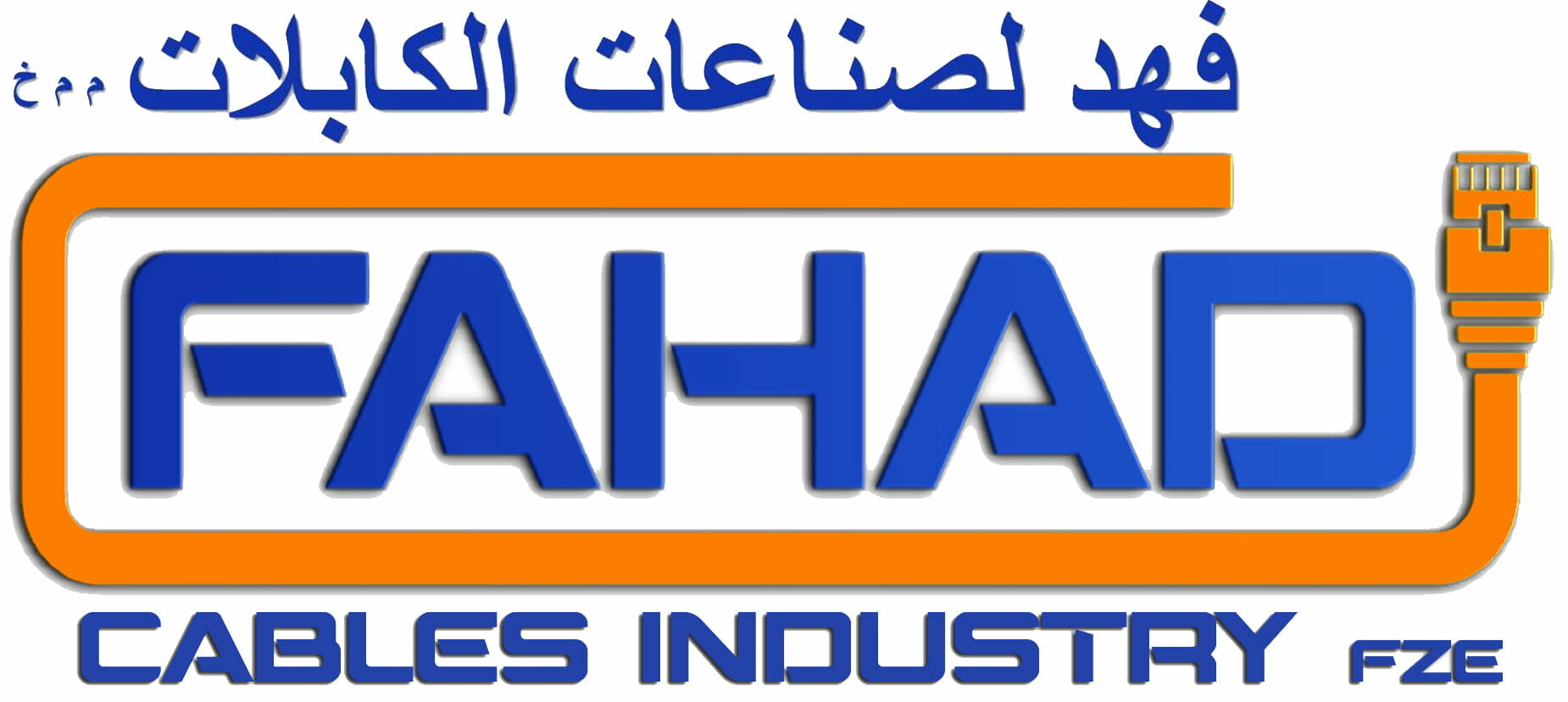Exploring Category 6 Network Cables Manufactured by ELV Cables
Introduction to Category 6 Network Cables
Category 6 network cables, commonly referred to as Cat 6 cables, represent a significant advancement in the realm of networking technology, designed to meet the increasing demands for speed and performance in data transmission. These cables are primarily used to connect devices within Local Area Networks (LANs) and are critical in supporting higher bandwidth requirements necessary for modern applications. The specifications for Cat 6 cables indicate they can support data rates up to 10 Gbps over a distance of 55 meters, which is a considerable improvement compared to their predecessors, Category 5 (Cat 5) and Category 5e (Cat 5e) cables. Category 6 Network Cables
One of the notable differences between Cat 6 and earlier categories lies in their construction and ability to resist interference. Cat 6 cables utilize improved shielding and better quality materials, which not only enhance their performance but also reduce crosstalk and external noise significantly. This makes them particularly suitable for environments with high levels of electromagnetic interference, such as commercial buildings or data centers. Moreover, they are equipped to handle frequencies up to 250 MHz, another key improvement that facilitates faster data transfer rates over longer distances compared to Cat 5 and Cat 5e, which support frequencies only up to 100 MHz.
As technology continues to evolve, the importance of Cat 6 cables becomes more pronounced, particularly with the rise of bandwidth-intensive applications, such as video conferencing, online gaming, and cloud computing. The ability of these cables to provide stable and fast connections ensures that users can maximize the potential of their network infrastructure. The adoption of Cat 6 cables is therefore a vital consideration for any organization aiming to future-proof its networking capabilities in an increasingly connected world.
Features of ELV Cables’ Category 6 Network Cables
ELV Cables’ Category 6 network cables are engineered to meet the increasing demands of modern networking environments. One of the primary features of these cables is their impressive bandwidth capacity, which can support frequencies up to 250 MHz. This bandwidth capability is essential for facilitating high-speed data transfers, making it ideal for applications that require robust connectivity, such as online gaming, video conferencing, and large file transfers.
In addition to their bandwidth capabilities, ELV Cables’ Category 6 network cables offer superior data transmission rates. These cables are designed to transmit data at speeds of up to 10 Gbps over distances of up to 55 meters, significantly enhancing network performance. This characteristic ensures that users can enjoy uninterrupted and reliable connectivity, which is crucial for both personal and professional use.
Another notable feature is the advanced shielding technology utilized in the construction of these cables. ELV Cables implements shielding options such as unshielded twisted pair (UTP) and shielded twisted pair (STP), which help to minimize electromagnetic interference (EMI) and crosstalk. This shielding ensures the integrity and quality of the data being transmitted, leading to a smoother and more efficient networking experience.
The construction quality of ELV Cables’ Category 6 network cables is another area where they excel. These cables are built with durable, high-quality materials that enhance their longevity and performance. The use of 24 AWG wire gauges allows for greater flexibility and easier installation, making them an excellent choice for various wiring applications. Additionally, the overall design adheres to stringent standards, ensuring that they can withstand the rigors of everyday use.
In conclusion, the combination of bandwidth capabilities, high data transmission rates, effective shielding, and premium construction quality makes ELV Cables’ Category 6 network cables a reliable choice for optimal networking performance.
Benefits of Using ELV’s Category 6 Cables
ELV’s Category 6 network cables offer a variety of benefits that make them a preferred choice for both residential and commercial applications. One of the primary advantages is the increased data transfer speed they provide. These cables are designed to handle higher bandwidths, enabling faster communication between devices and improving overall network efficiency. This is particularly important in environments where large amounts of data are processed, such as offices and data centers.
Another significant benefit of ELV’s Category 6 cables is the reduction of crosstalk. Crosstalk occurs when signals from one cable interfere with signals from another. ELV’s cables incorporate advanced shielding techniques which greatly minimize this issue, leading to more reliable and clear data transmission. This feature is essential in maintaining the integrity of data, particularly in settings with high network traffic.
Durability is yet another advantage offered by ELV’s Category 6 network cables. Constructed with high-quality materials, these cables are built to withstand wear and tear, making them suitable for a range of environments, from home networks to industrial settings. Their robust construction ensures longevity and reduces the need for frequent replacements, thus saving costs in the long run.
Furthermore, compatibility is a key factor in the versatility of ELV’s Category 6 cables. They can easily interface with a wide variety of devices, including computers, routers, and switches, making them suitable for diverse applications. Whether setting up a home network or developing a complex commercial infrastructure, these cables adapt seamlessly to various configurations.
In conclusion, the benefits of using ELV’s Category 6 cables are numerous, encompassing increased speed, reduced crosstalk, enhanced durability, and broad compatibility. These attributes make them an excellent investment for anyone looking to optimize their network performance.
How to Choose the Right Category 6 Cable
Selecting the right Category 6 cable is crucial for ensuring optimal network performance, whether for home, office, or industrial use. One of the primary factors to consider is the cable length. It is important to determine the distance between your networking devices, as excessive length can lead to signal degradation. Generally, for best performance, it is advisable to keep the length under 100 meters (approximately 328 feet). However, for runs longer than this, it may be more effective to use network switches or repeaters to maintain signal integrity.
The shielding type is another essential consideration when choosing your Category 6 cable. Shielded cables (STP) provide additional protection against electromagnetic interference, making them ideal for environments with significant exposure to electrical noise, such as data centers or areas with heavy machinery. Conversely, unshielded twisted pair (UTP) cables can be sufficient for standard residential applications where interference is minimal.
It is also important to distinguish between outdoor and indoor use. Outdoor Category 6 cables are designed with weather-resistant insulation, protecting against UV rays, moisture, and temperature variations. In contrast, indoor cables generally do not require such rigorous protections, thus allowing for a more flexible and cost-effective installation. When purchasing outdoor cables, be sure to verify that they meet the necessary standards for environmental durability.
Lastly, pricing considerations should also factor into your decision-making process. While it may be tempting to opt for lower-priced cables, investing in high-quality cables from reputable manufacturers, such as ELV Cables, can prove beneficial in the long run. Quality cables typically offer better performance, longer lifespans, and enhanced reliability, ultimately reducing the need for frequent replacements or troubleshooting. By considering these factors, you can make an informed decision when choosing the right Category 6 cable for your needs.
Installation Guidelines for Category 6 Network Cables
Installing Category 6 network cables requires careful planning and execution to ensure optimal performance and compliance with industry standards. Before beginning the installation, it is essential to gather the proper tools and materials. Essential tools include a cable stripper, crimping tool, wire cutters, and a cable tester to validate the integrity of the connections post-installation. Having these tools on hand will facilitate a more organized and effective installation process.
The installation process typically follows several key steps. Initially, plan the cable routes to avoid interference from electrical equipment and to ensure that the cables remain within the permissible bend radius, thereby safeguarding signal integrity. Once the paths are established, cut the Category 6 cables to the desired lengths, leaving a little extra length to accommodate any adjustments during the installation process.
Following this, strip the outer insulation of the cable to expose the internal wires, being careful not to damage them. Next, untwist the wire pairs and align them according to the T568A or T568B wiring standard, which dictates the pinouts for network connections. Proper alignment is crucial as it directly impacts the cable’s ability to transmit data efficiently.
After aligning the wires, insert them into the connectors and use the crimping tool to secure the connection. Make sure to test each cable run using a cable tester to confirm that each connection is functioning correctly and meets the required standards for Category 6 cables.
Lastly, effective cable management is vital for preserving the integrity of the network. Utilize cable ties and raceways to organize the cables neatly, ensuring they are not under tension and can breathe. Following these guidelines will minimize common installation mistakes and enhance the overall performance of your network setup.
Performance Testing and Certification
Performance testing and certification play a crucial role in establishing the quality and reliability of Category 6 network cables. These cables are designed to support high-speed data transmission and are essential components in modern networking environments. To ensure that these cables meet stringent industry standards, various testing protocols are employed, reflecting the ever-evolving demands of telecommunications.
One of the key standards used for testing Category 6 cables is the TIA/EIA-568 standard, which outlines the performance requirements for twisted pair cabling. This standard covers multiple aspects of cable performance, including attenuation, crosstalk, and next-generation applications that require high bandwidth. Cables must also undergo testing for their ability to maintain performance over extended distances, ensuring that they deliver optimal speeds without degradation.
ELV Cables takes the commitment to performance testing seriously. Each batch of their Category 6 network cables undergoes rigorous testing in accredited laboratories. This thorough testing process includes evaluations for criteria such as return loss, insertion loss, and cable characteristics that affect network performance. By adhering to international standards during the production phase, ELV Cables can confidently ensure that their products not only meet but often exceed industry benchmarks.
Moreover, customers who choose ELV Cables can expect reliability and robust performance guarantees. The certification process provides end-users with confidence that the cables they are purchasing will perform consistently and effectively in real-world applications. As data communication needs continue to increase, investing in well-tested and certified Category 6 cables remains imperative for both individual and organizational infrastructures, paving the way for effective and efficient connectivity solutions.
Common Applications of Category 6 Cables
Category 6 (Cat 6) network cables, manufactured by companies such as ELV Cables, are widely utilized in a variety of settings due to their enhanced performance capabilities. In residential environments, these cables are popular for establishing home networks that require reliable and high-speed internet connectivity. Users benefit from the cable’s ability to handle data transfer rates of up to 10 Gbps over distances of up to 55 meters, making it suitable for streaming high-definition content, online gaming, and operating smart home devices proficiently.
In commercial settings, Cat 6 cables play a crucial role in supporting office networks. They are often deployed in various applications including local area networks (LANs), where multiple users require simultaneous access to shared resources. The cables are capable of reducing crosstalk and ensuring data integrity, which is vital for business operations that depend on stable and secure communication channels. Furthermore, Category 6 cables are integral to data centers where high-performance networking demands are significant. Their ability to maintain speed and bandwidth is essential for managing large volumes of data and providing robust connectivity solutions across the facility.
Moreover, Cat 6 cables are increasingly recognized for their applications in multimedia installations. They support advanced technology requirements such as Voice over IP (VoIP) systems and high-definition audio/video streaming services, which have become essential in both home and commercial environments. By utilizing Category 6 cables, users can expect seamless communication and uninterrupted access to digital content. As technological advancements continue to evolve, the versatility of Cat 6 cables ensures they will remain a foundational element in modern networking, catering to both current and future needs.
Compliance and Standards for Networking Cables
In the realm of networking, compliance with established standards is essential for ensuring optimal performance and reliability. Category 6 cables, commonly referred to as Cat 6 cables, are governed by various industry standards, most notably those set forth by the Telecommunications Industry Association (TIA) and the Electronic Industries Alliance (EIA). The TIA/EIA 568 standard serves as a foundation for the creation of structured cabling systems, which play a crucial role in today’s data networks.
The TIA/EIA standards delineate specifications related to the physical characteristics, electrical performance, and testing requirements of networking cables. For Cat 6 cables, these regulations stipulate parameters like transmission performance at frequencies of up to 250 MHz and support for Gigabit Ethernet technology. Adhering to these standards helps manufacturers like ELV Cables ensure that their products meet the required performance metrics, thereby enhancing the user experience in various applications ranging from residential to commercial settings.
Moreover, compliance with safety and environmental regulations is equally important in the manufacturing process of Category 6 cables. This includes adherence to standards such as RoHS (Restriction of Hazardous Substances) and UL (Underwriters Laboratories) certifications, which ensure the cables are safe for use and produced with minimal environmental impact. The dedication of ELV Cables to uphold these legislative and safety standards not only reinforces their commitment to quality but also enhances their market reputation, ensuring that their products can reliably support the ever-growing demands of modern networking.
As network infrastructure continues to evolve, the importance of compliance with standards cannot be overstated. The meticulous engineering behind ELV Cables’ Category 6 products reflects their commitment to upholding these crucial guidelines, thereby ensuring both performance excellence and consumer trust.
Conclusion and Future Trends in Networking Cables
ELV Cables’ Category 6 network cables represent a significant advancement in networking technology, delivering high performance and reliability for both home and business environments. One of the standout features of these cables is their ability to support data rates of up to 10 Gbps, making them ideal for bandwidth-intensive applications such as video streaming, online gaming, and large file transfers. The construction quality ensures reduced crosstalk and enhances signal integrity, which is crucial for maintaining consistent network performance.
As we look toward the future of networking cables, several trends are emerging that could shape the landscape of data transmission. The transition towards higher bandwidth requirements necessitates a greater focus on advanced cable technologies. Innovations such as shielded cables and improved materials for insulation are becoming increasingly prominent, with manufacturers like ELV Cables exploring these advancements to further enhance their products. Additionally, the integration of smart technology within networking systems may drive demand for cables that not only transmit data but also communicate diagnostic information for network monitoring and maintenance.
There is also a growing emphasis on sustainability within the cable manufacturing sector. As consumers become more environmentally conscious, companies like ELV Cables are likely to consider eco-friendly materials and manufacturing processes that reduce their ecological footprint while maintaining high performance standards. This commitment to sustainability may appeal to a broader customer base, including businesses that prioritize green initiatives.
In summary, ELV Cables stands poised to address the ever-evolving needs of consumers and businesses alike, providing innovative and high-quality Category 6 network cables. By staying ahead of technological advancements and market trends, ELV Cables is well-positioned to lead in the future of networking solutions.




